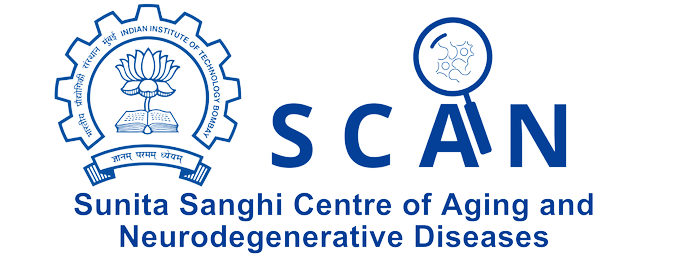Parkinson’s disease (PD) is an old aging related debilitating condition affecting millions worldwide. Primarily a movement disorder but ultimately causing dementia, it is one of the most common neurodegenerative diseases. The disease is caused by pathogenic aggregates of a normal neuronal protein α-Synuclein, either due to familial mutations, gene duplication or simply without known reasons. These protein aggregates lead to the death of neurons responsible for the production of a neurotransmitter – Dopamine. Dopamine is important for transmitting signals between neurons to trigger normal movement. Loss of Dopamine, therefore, causes movement disorder, including tremors and rigid posture.
Diagnostic tests for PD are actively being developed. However, treatment options are limited. Apart from symptomatic treatment, no therapeutic options are available. Dopamine analogues, for example-Levodopa, just provide transient relief from the motor symptoms without acting at the root cause of the disease and do not prevent the loss of dopamine-producing neurons.
The latest study published in the scientific journal “Molecular Neurodegeneration” for the first time shows promising results as a potential treatment of PD
(Link: https://molecularneurodegeneration.biomedcentral.com/articles/10.1186/s13024-023-00630-7).
The study adopted a novel approach based on Targeted Protein Degradation (TPD) to clear aggregates of α-Synuclein from the neurons in rodent models by engaging the cellular autophagy machinery- an approach termed Autophagy Targeting Chimera (AUTOTAC). This approach utilises a chemical linker/chimera agent that specifically bridges between α-Synuclein aggregates and autophagy receptor protein p62/Sequestosome-1. This specific engagement enables the clearance of the aggregates through the Autophagy-Lysosomal system. The authors demonstrated the efficacy of these chimeras in cultured neurons, which prevented the prion-like spread of α-Synuclein and limited the cellular cytotoxicity.

Ultimately, the efficacy of this chimeric agent was demonstrated in mouse models of PD, where it induced the clearance of α-Synuclein and prevented its propagation and spread. Importantly, it improved the muscle strength and movement in these animals.
AUTOTAC platform thus enables the development of target degraders of pathogenic α-Synuclein aggregates in an autophagy-dependent manner. The study highlights a range of new generations of therapeutics with potential benefits not only to PD patients but also to other diseases involving protein-aggregation-related cell death, such as Alzheimer’s disease.
This revolutionary approach might one day develop into a potential disease-modifying therapy for treating PD. Hope is here!

Dr. Prasad. S
Research Scientist
SCAN
